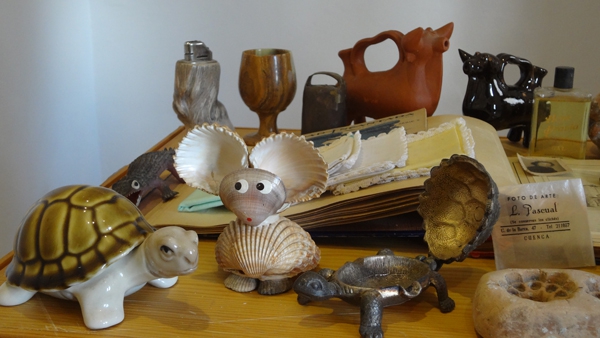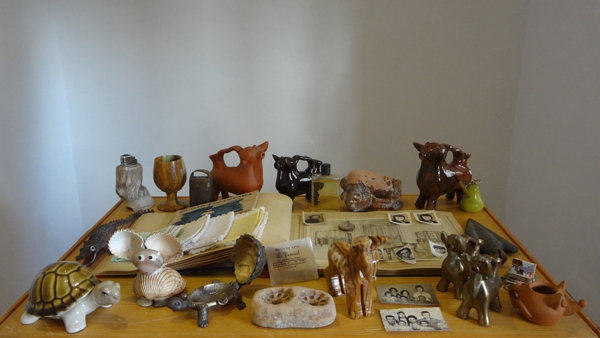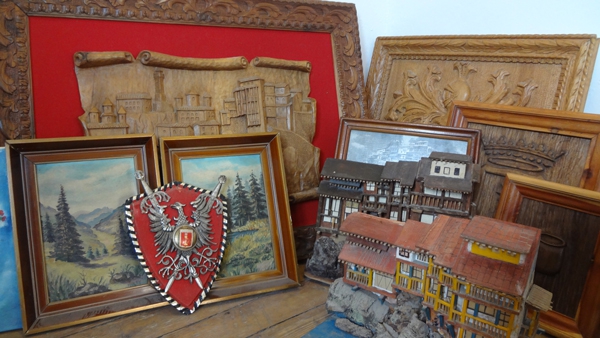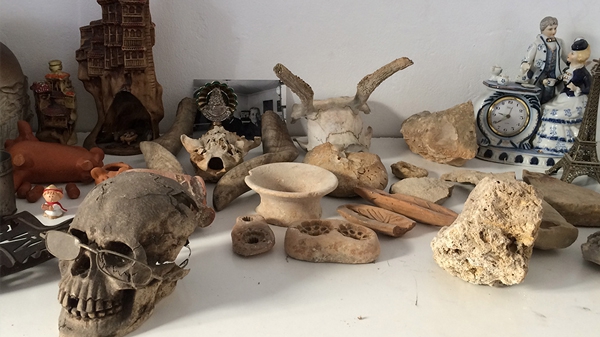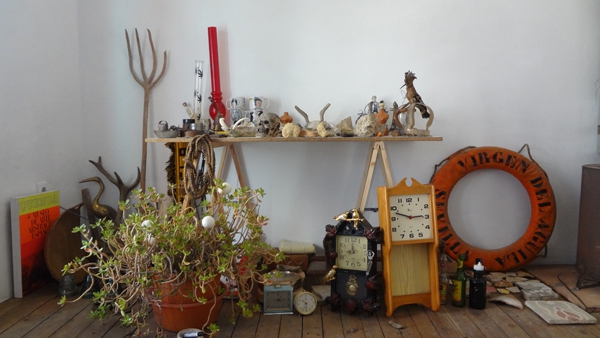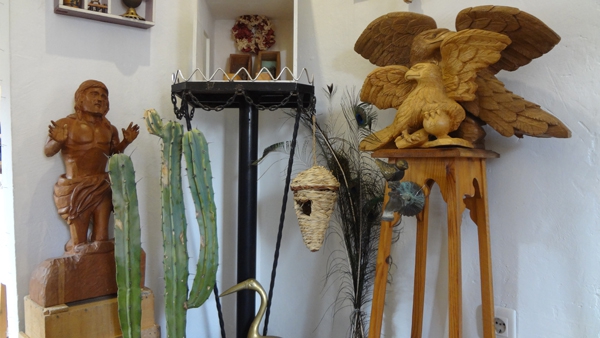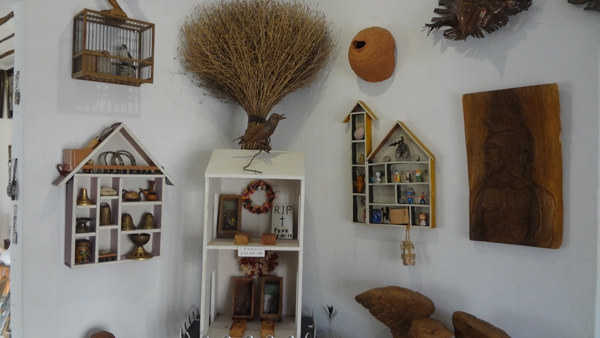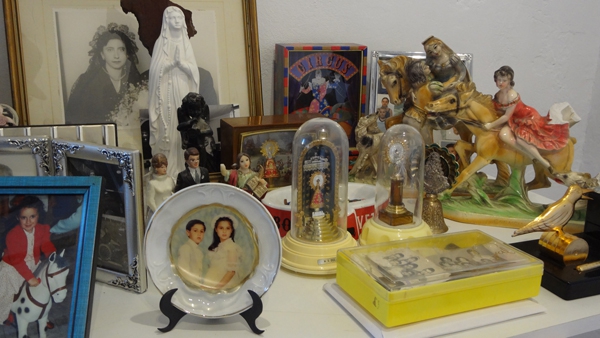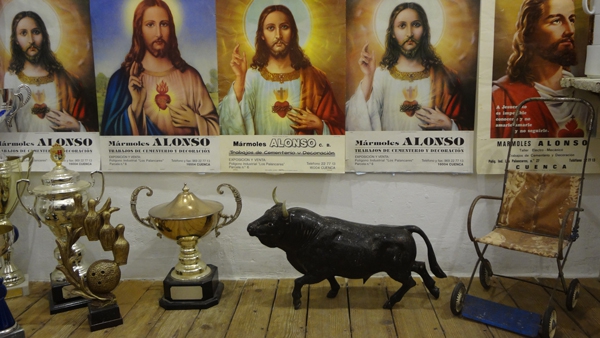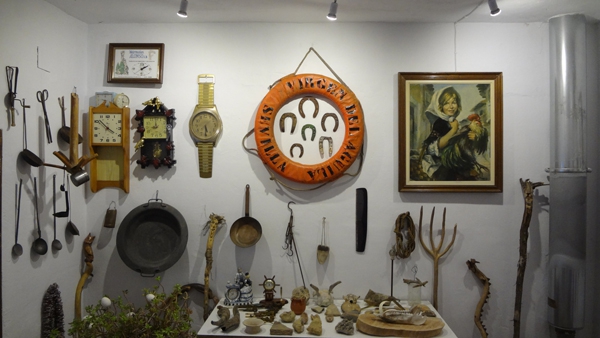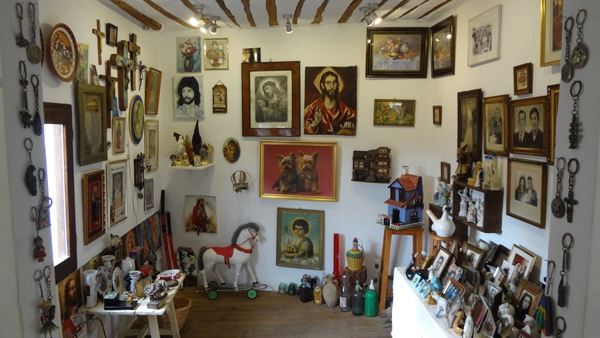Arqueología en la memoria de las familias de San Antón
A recollection and display of personal belongings from San Antón's district families realized during Permanencias Residence Program from October till December 2015 and presented in Lamosa Lab, Cuenca (ES)
in collaboration with Marco Montiel-Soto
III. Archaeology of Memory
Memory isn’t a tool to know the past, just its environment. Memory is the milieu of the lived experience, and whoever wants to approach their past needs to behave like a person who digs.
Walter Benjamin
This is an archival project which does not intend to carry out a historical reconstruction of the lives of San Antón’s inhabitants, but rather it intends to approach the collective imaginary of the neighborhood through the dialogue among the collected belongings. This way, the past comes alive through a present perspective, which necessarily defines it in the very moment it brought back, since it is our remembering is what defines it, and it is through these elements belonging to a different time that we reveal the current distinctive signs of a community. For Anna María Guasch in relation to the “Archaeology of Knowledge” by Michel Foucault, the work of an archeologist, archivist or “new historian” does not mean building a story based on the idea of progress, but re-building past episodes as if they were present11. In Marco and Cristina’s work the pieces of this work represent the confluence of past and present through family memories, traditions and anecdote, a non-linear, discontinuous time, which nevertheless has its own internal order.
The collection of collected items belonging to different arenas has for its aim to be exhibited altogether in one of the local houses in the neighborhood — Lamosa—, which symbolically has been a meeting point for the collective memory in one single space. Comparing the social sphere to the intimate sphere, the private sphere to the public sphere, truth to fiction and remembrance against oblivion; thus will the individual memories form a common memory — this allows us to infer who goes where within the social mechanism of the community of San Antón, empowering diverse possibilities and drafts according to the particular relationships of the visitor with the work.
The installation will be displayed in a similar format to a chamber of curiosities or a room of wonders from the 17th century, showing a new scaffolding of interwoven relationships where aesthetical and social dialogues come to life. The objects have meaning when taking the environment and the other objects as reference, with their own placement within the work and as containers of private memories. The aim is to generate a subjective, temporal, even ephemeral, archive of the unique idiosyncrasy of the neighborhood of San Antón; we understand archive as an active discursive system able to establish new temporality relationships between past, present, and future12, a fragmented archive that organizes and regroups objects with their own features and which can taken as a portrait of the community. Perhaps some references can be The book of passages by Walter Benjamin or Mnemosyne Atlas by Aby Warburg, in the sense that they try to elicit experiences through fragments that come one after another in the realm between rational and instinctive.
Leyla Dunia, 2015 (fragment)
